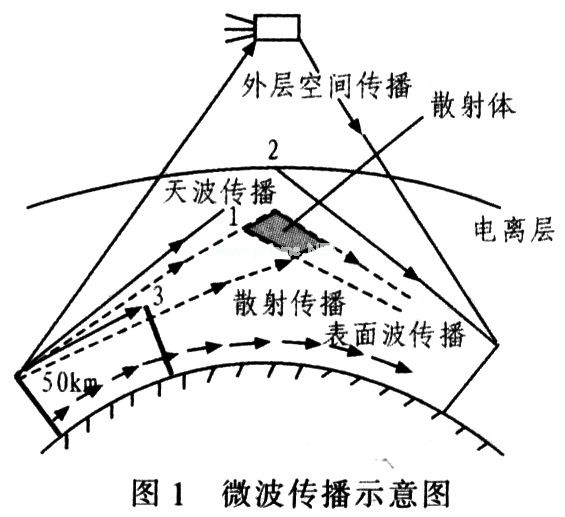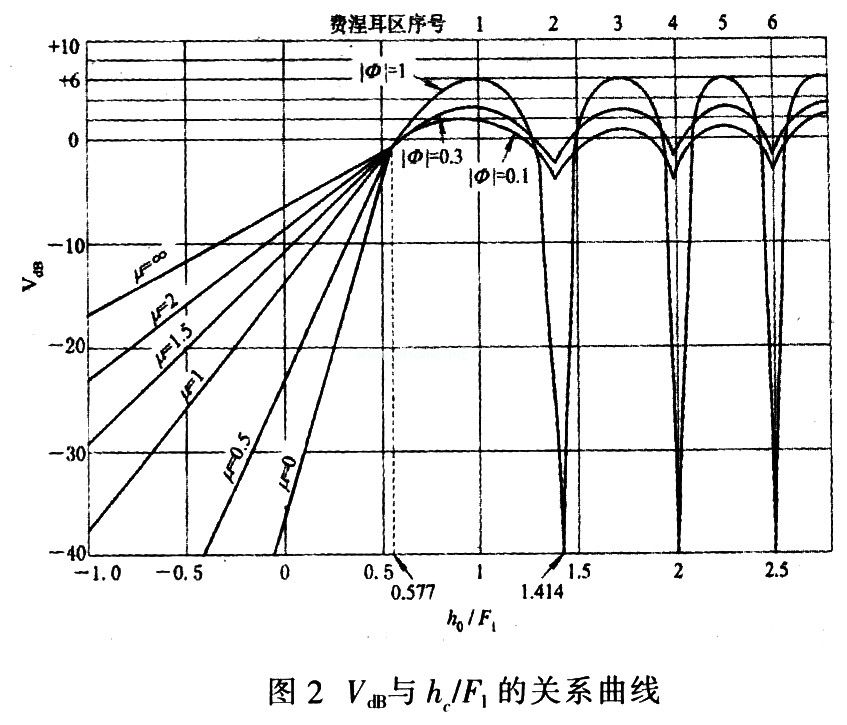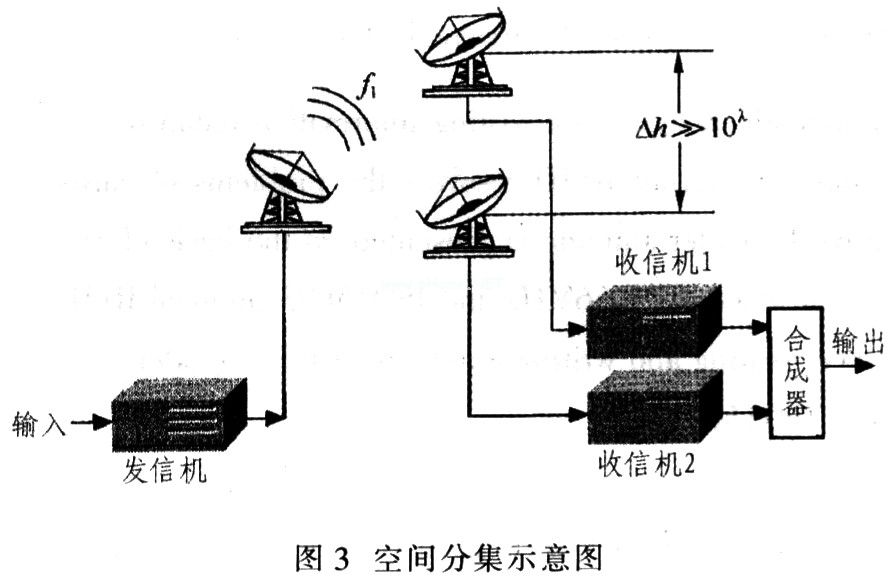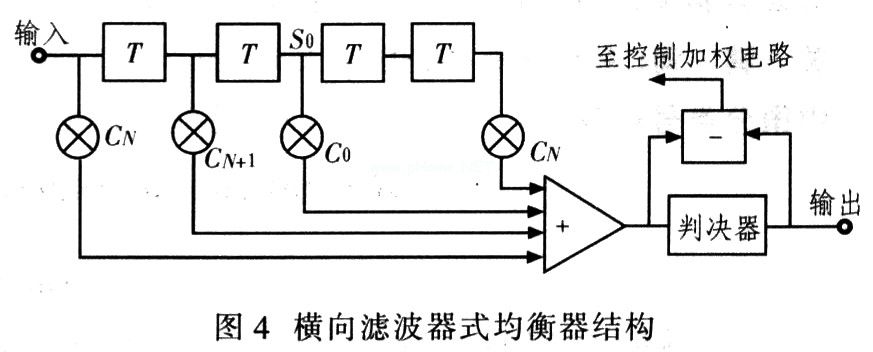Research on Microwave Communication Antenna Selection and Optimization Method
1 Introduction
With the rapid development of wireless communication technology, the application range of microwave communication technology communication is very wide. Microwave antennas are the most important part of microwave communication systems. Almost all the information that can be transmitted by electromagnetic waves depends on the transmission and exchange of microwave antennas. At the same time, microwave antennas can also radiate electromagnetic waves and other energy. The microwave antenna is the "gateway" of the transceiver equipment of the microwave communication system, and the performance of the antenna directly affects the operation of the entire system. Although there are many research results on microwave antenna optimization at present, most of them are considered from a single factor, and the optimization effect is not very ideal. This article looks for a more reasonable selection method by comprehensively considering multiple factors and optimizing the selection parameters of microwave antenna.
2 Research on factors that should be considered when selecting microwave antennas
Figure 1 is a schematic diagram of microwave propagation. During the transmission process, microwave signals are affected by the refraction and diffraction of the atmosphere, sea surface, ground, tall buildings, and mountain peaks, resulting in signal fading and distortion, or even interruption. Therefore, to optimize the microwave transmission antenna, it is necessary to study the influencing factors of microwave transmission in accordance with the basic characteristics of microwave communication, and then optimize to reduce signal fading and distortion.

2.1 Ground terrain factors
In microwave communication systems, signal transmission mainly uses microwave line-of-sight propagation. The frequency of microwave communication is mostly in the range of 2 to 20 GHz. Different terrain conditions have different reflection coefficients and level losses. When radio waves are transmitted in free space, the energy per unit area will be reduced due to free diffusion. The reduced energy is called free space transmission loss. It is expressed by Ls and the unit is decibel (dB). The calculation formula is:
![]()
In the formula, f is the transmission frequency, GHz; d is the station distance, km.
It can be seen from equation (1) that during the propagation of microwaves, forests, buildings, hilltops, or ground obstacles will block some electromagnetic waves and increase losses. The smooth ground or water surface can reflect part of the signal to the receiving antenna. The addition of the reflected wave and the direct wave vector may cancel each other and cause additional loss. Ground reflection has an important effect on line-of-sight propagation, and it is one of the main causes of level fading. However, when there is a blade-shaped obstacle (or mountain peak) on the microwave transmission path, if the peak of the obstacle happens to fall on the connection between the receiving antenna and the transmitting antenna of two adjacent microwave stations, the microwave transmission will increase by 6 dB level attenuation; when the peak of the obstacle exceeds the connection, the level attenuation will increase faster. In practical applications, this situation should be avoided. The transmission characteristics can be modified by modifying the microwave transmission line or increasing the antenna. In order to better analyze the propagation characteristics of microwaves, the concept of Fresnel zone is used for analysis, then the radio wave from the wave source to the observation point can be considered to propagate through many Fresnel zones, and the combined field strength at the observation point E≈ E1 / 2 (E1 is the field strength of the first Fresnel zone), that is, as long as half of the first Fresnel zone is not blocked by terrain features. The field strength during free space propagation can be approximated. To know how high the barrier is to meet the propagation conditions, the radius F1 of the first Fresnel zone must be calculated in m, and the calculation method is:

In the formula, d refers to the distance between sending and receiving, km; λ is the wavelength, m.
It can be seen from equation (2) that in order to avoid additional losses, all obstacles must be outside the first Fresnel zone. When the height of the ground obstacle is constant, the longer the wavelength, the larger the cross-sectional area of ​​the main channel for radio wave propagation, the smaller the relative shielding area, and the larger the field strength at the receiving point. Therefore, the lower the frequency, the more the diffraction ability Strong.
2.2 Ground reflection factors
In the process of microwave propagation, in addition to receiving direct waves at the receiving point, it will also receive reflected waves reflected by the ground. The vertical distance from the reflection point to the direct wave is called the clearance hc, and the ratio of the combined field strength of the reception point to the free space field strength is called the fading factor caused by ground reflection, expressed by V in dB, and hc / F1 is called the relative clearance . Calculate V with clearance hc, the calculation process is as follows:

Where r1 is the direct path, m; r2 is the reflection path, m; △ r is the travel difference, m; hc is the clearance, m; F1 is the radius of the first Fresnel zone, m; φ is the reflection coefficient.
It can be seen from the above calculation process that the fading factor V is related to the relative clearance HC / F1. As shown in Figure 2, when hc / F1 = 0.577, V = 1, VdB = 0 dB, and the received field strength E = E0, the clearance has a special meaning at this time, which is recorded as h0 = 0.577F1 Free space clearance. When hc / F1 <0.577, diffraction fading occurs larger; as the clearance increases, the reflection point is in the first Fresnel zone, and the reflected signal and the direct signal are added in phase, resulting in a positive fading factor; When the clearance increases to a certain extent, the reflection point enters the second Fresnel zone, the reflected signal and the direct signal are reversed, the fading factor drops sharply, and even the signal is interrupted.
2.3 The influence of the atmosphere
The charged particles in the atmosphere all have their fixed electromagnetic resonance frequency. When the resonance frequency is approached, resonance absorption will occur and the microwave will be attenuated, but its attenuation relative to free space is negligible; in addition, small water droplets in the rain mist Scattering electromagnetic waves, generally below 10 GHz, the attenuation is not serious. Therefore, here we mainly study the effect of atmospheric refraction.

The unevenness of the atmosphere changes the composition, pressure, temperature and humidity of the atmosphere with altitude, causing the atmospheric refractive index to change with altitude. This will cause the propagation direction of the radio wave to change and cause the multipath fading of the microwave with the ground reflection and direct radiation . The ratio of the propagation speed c of the radio wave in free space to the propagation speed v in the atmosphere, that is n = c / v. When there is no refraction, the radius of the earth is R0, the clearance is hc, the height of the earth protrusion is h, d1 and d2 are the horizontal distance from the reflection point to the receiving and sending ends, then the height of the earth protrusion at any point is:

Considering the refraction of the radio wave, the equivalent earth radius Re and the equivalent earth bulge height are:

In the formula, d1 and d2 are in km, and R0 = 6 370 km. Substituting into formula (10), there are:
Let the height change of the earth's bulge be â–³ he. In value, the change of the clearance is the change of the height of the earth's bulge. which is:

The equivalent clearance hce is:

It can be seen from equation (13): when K> 1, positive refraction, the equivalent clearance hce increases; when K <1, negative refraction, the equivalent clearance hce decreases. In the actual selection of antennas, various factors should be considered comprehensively, and the effects of terrain, ground reflection, and atmospheric refraction should be considered.
3 Research on the optimization method of microwave antenna
In order to ensure that the transmitting end of the microwave antenna can effectively send the signal to the destination or the relay station, and the signal can be reliably received at the receiving end, certain optimization measures should be taken on the basis of fully considering the influence of the ground, the atmosphere and other natural factors.
3.1 Optimization of diversity technology
Diversity technology is to select or synthesize the output signals of multi-channel receivers with less correlation at the receiving end, so as to reduce the impact of multipath fading. Diversity technology is achieved by finding and using independent (at least highly uncorrelated) multipath signals in the natural wireless propagation environment. If one wireless propagation path experiences deep fading, the other relatively independent path may still contain For a stronger signal, you can select two or more signals from multiple signals to combine, which can improve the instantaneous signal-to-noise ratio and average signal-to-noise ratio at the receiving end at the same time. Generally it can be increased by 20 ~ 30 dB. The specific implementation methods are as follows:
(1) Spatial diversity, also known as antenna diversity. Figure 3 is a form of diversity used in mobile communications, using multiple receiving antennas to receive signals and then combining them. In order to ensure the independence of the received signal, the distance between the antennas is required to be large enough. In an ideal situation, the distance between the receiving antennas should be greater than half the wavelength λ. From a technical point of view, the greater the number of diversity antennas, that is, the greater the number of diversity, the better the performance improvement. However, when the number of diversity antennas reaches a certain number, the number of diversity continues to increase, and the amount of performance improvement will gradually decrease. Therefore, it is more appropriate to have a diversity weight of 2 to 4.

(2) Polarization diversity In a mobile environment, the horizontal and vertical paths in the air are uncorrelated, so the signal also exhibits uncorrelated fading characteristics. Two antennas are installed at the transmitting and receiving ends, one horizontally polarized antenna and one vertically polarized antenna, and two uncorrelated signals can be obtained. When cellular mobile users proliferate, this technology has obvious effects in improving link transmission efficiency and capacity.
(3) The angle diversity signal is affected by the environment during the transmission process, so that the signal arriving at the receiving end cannot be in the same direction, so that installing a directional antenna at the receiving end can combine unrelated signals.
Diversity improvement effect refers to comparing the effect of using diversity technology and not using diversity technology to reduce the impact of deep fading. The nominal improvement effect is commonly used to quantitatively measure the degree of improvement of diversity, that is, it is described by the two indicators of diversity gain and diversity improvement. Diversity gain refers to the difference between the reception level of diversity reception and single reception within a certain percentage of cumulative time. The greater this level difference, the higher the diversity gain, indicating the better the effect of diversity improvement. Diversity improvement refers to the ratio of the percentage of the cumulative time of fading between single reception and diversity reception at a relative reception level. The larger the ratio, the better the diversity improvement effect.
3.2 Optimization of adaptive equalization technology
When the radio waves are radiated in space, due to the reflection of mountains and buildings, multiple paths are transmitted. The received signal at the receiving end is a superposition of different delay waveforms in each path. Bandwidth limitation and non-linearity will cause signal waveform distortion, causing crosstalk between adjacent symbols, all of which will cause bit errors. Adaptive equalization is to generate the characteristics opposite to the channel characteristics through the equalizer at the receiving end to cancel the interference caused by the channel time-varying multipath propagation, which can eliminate waveform superposition, inter-symbol crosstalk, and can also reduce additive noise interference, thereby reducing errors. Code technology. Equalization is divided into frequency domain equalization and time domain equalization. Frequency domain equalization means that the total transfer function satisfies the condition of distortionless transmission. Time domain equalization is to make the total impulse response satisfy the condition of no intersymbol interference. In actual circuits, frequency domain and time domain adaptive equalizers are often used at the same time to maximize the circuit's ability to resist fading.
Figure 4 is a block diagram of the most widely used horizontal filter equalizer. The equalizer's horizontal filter consists of a 2N-stage delay line T and an adjustable weighting circuit, each stage delayed by 1 bit. There are N pulses before and after the middle (center tap) pulse S0, for a total of 2N + 1 pulses.

3.3 Optimization of impedance matching
The input impedance of an antenna is the ratio of the input voltage to the input current of the antenna to the input current. For the connection between the antenna and the feeder, the best case is that the input impedance of the antenna is pure resistance and is equal to the characteristic impedance of the feeder. At this time, there is no power reflection at the feeder terminal and there is no standing wave on the feeder. The impedance matching of the antenna is to eliminate the reactance component in the input impedance of the antenna, so that the resistance component is as close as possible to the characteristic impedance of the feeder.
4 Conclusion
As an indispensable part of wireless communication, microwave antenna's performance directly affects the index of the communication system. Characteristic parameters describing microwave antennas include directional patterns, directivity coefficients, gain, input impedance, radiation efficiency, polarization, and frequency bandwidth. Discuss the factors that need to be considered when selecting microwave antennas, and put forward optimization schemes from the aspects of diversity technology, adaptive equalization technology, and impedance transformation. There are certain innovative ideas.
Double-sided PCBs are one of the most common kinds available. While single-sided PCBs have one conductive surface, double-sided PCBs have a conductive layer on each side. A dielectric layer is surrounded by circuit copper layers and solder mask on both sides. Vias allow manufacturers to create traces on both sides that route around each other and connect between layers. Manufacturers use double-sided PCBs for products that need a beginner to intermediate level of circuit complexity. This type of PCB doesn`t offer as much circuit complexity or density as multilayer PCBs, but they work as an affordable option in numerous applications
Double-Sided PCB, Double-Sided PCB With Enig Via In Pad PCB, FR4 PCB With Matt Black Soldermask
Storm Circuit Technology Ltd , https://www.stormpcb.com